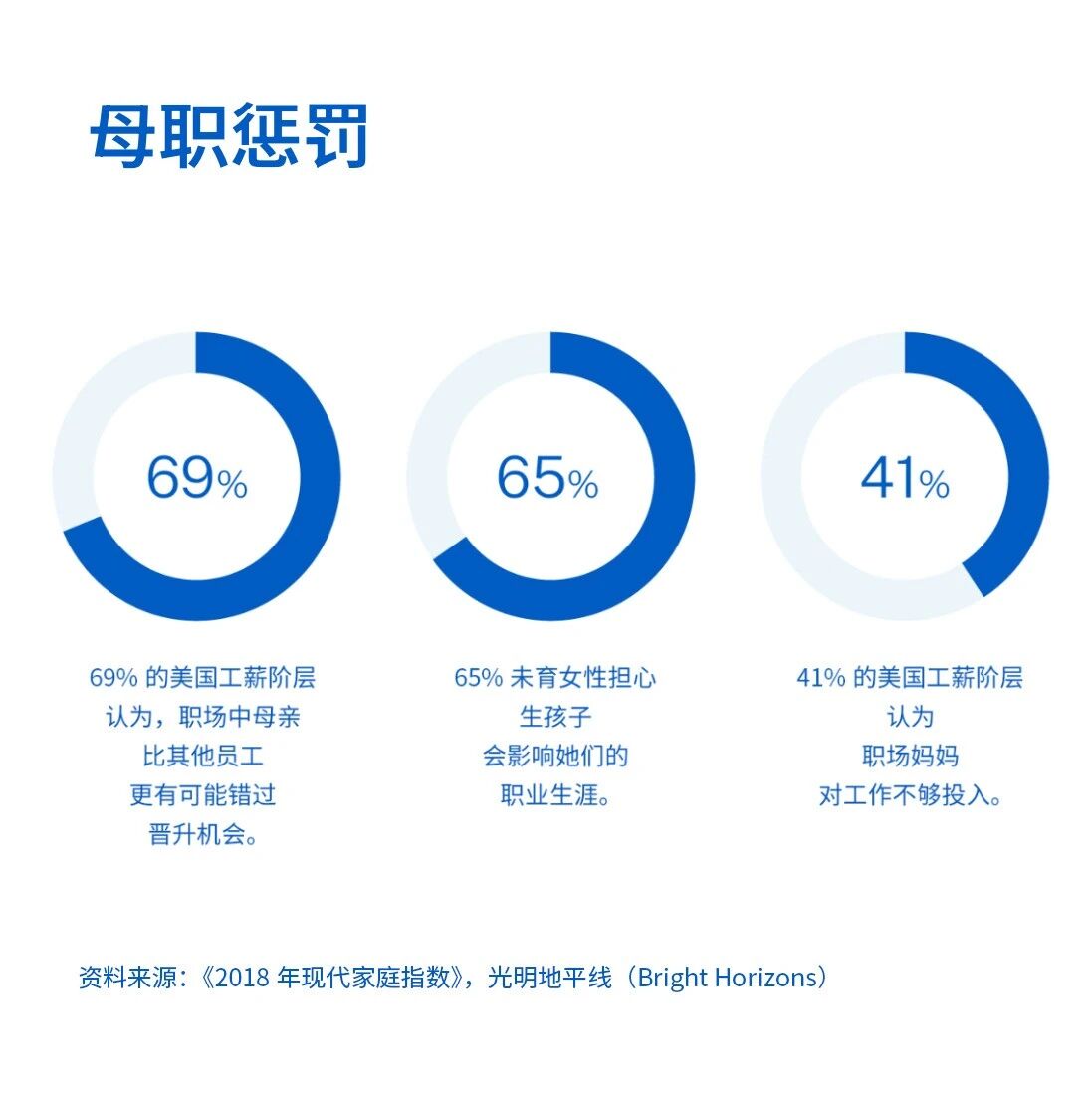Travel services and sustainability go hand in hand.
Image source:Unsplash/Michael Fousert
Andreas Nienhaus
Oliver Wyman Partner and Co-Head of the Oliver Wyman Forum Mobility Initiative
Steffen Rilling
Head of Automotive and Mobility at Oliver Wyman
Over the next decade, global spending on mobility services is expected to triple, rising from $389 billion in 2023 to $1.1 trillion by 2035.
By 2035, Asia's demand for mobility services will account for more than half of the global total, generating revenues of $573 billion.
To ensure fair, efficient, and sustainable growth in green mobility, we need to establish robust regulations, foster public-private partnerships, and expand our infrastructure.
Over the next decade, global spending on mobility services is projected to triple—from $389 billion in 2023 to $1.1 trillion by 2035. This growth will be driven primarily by advancements in electric vehicle (EV) charging and digital services, particularly the significant progress made in advanced driver-assistance systems (ADAS).According to a new report titled "2025 Urban Mobility Outlook," published by A.T. Kearney's think tank, the A.T. Kearney Forum, global electric vehicle charging services are expected to grow by 32% annually, while Europe will see a 17-percentage-point annual increase in walking, cycling, shared mobility, and public transportation.The transportation sector accounts for about one-quarter of global greenhouse gas emissions. Shifting from privately owned gasoline vehicles to public transit, ride-sharing services, and electric vehicles can significantly help reduce these emissions.To ensure equitable, efficient, and sustainable mobility growth, we need to establish a more robust regulatory framework, foster collaborative partnerships between government and industry, and expand existing infrastructure. Here’s how:Significant growth expectedThe report finds that the mobility landscape will undergo significant changes over the next decade. In 2023, Asia accounted for 41% of the global mobility market, generating $161 billion in revenue. Asia is expected to lead growth at an annual rate of 11%, and by 2035, demand for mobility services in the region is projected to exceed half of the global total, driving revenues up to $573 billion.Europe is focusing on decarbonization and promoting the adoption of electric vehicles, making it the second-fastest-growing market. From 2023 to 2035, the European market is expected to expand from $92 billion to $246 billion. Meanwhile, as more people turn to public transportation, micro-mobility options, car rentals, subscription services, and ride-sharing platforms, the share of private cars in total travel demand will decline from 66% to 49%. In contrast, public transit’s share in the overall mobility mix will rise from 19% to 25%, while non-motorized modes like walking and cycling are set to increase their share—from 9% to 13%.Promote equitable mobilityAlthough private car ownership is declining, global traffic congestion levels are expected to remain high in the coming years. Safe, convenient, and affordable alternatives—such as public transportation and micromobility options—will emerge as sustainable choices. Additionally, accelerating the adoption of self-driving vehicles could further help reduce the number of cars on the road.Electric vehicle charging services are expected to become one of the key drivers of decarbonization. The global EV charging services market is projected to grow from $2.6 billion in 2023 to $72 billion by 2035.Reliability is key. According to a global survey completed by the Oliver Wyman Forum in June 2024, nearly one-quarter of consumers who are considering purchasing a vehicle plan to opt for an electric car. However, the survey reveals that the availability of charging stations is the primary reason consumers are hesitant to choose electric or hybrid vehicles. As capital investment grows, charging stations could become more efficient. Moreover, innovative digital solutions can enhance the reliability of charging infrastructure, enabling faster and more convenient EV charging—a critical factor driving the widespread adoption of electric vehicles.Additionally, advanced driver-assistance systems are also expected to boost efficiency, with annual growth projected at 54%. Driven by technological advancements and rising consumer demand for autonomous driving features, the market for advanced driver-assistance systems is forecast to surge from $1.7 billion in 2023 to a staggering $307 billion by 2035.Establishing partnershipsThe investment required to maintain and upgrade transportation infrastructure is substantial, underscoring the need for us to forge more collaborative partnerships. No single institution or industry possesses the resources necessary to fund a multifaceted transformation. However, the private sector can contribute critical assets like data, capital, and cutting-edge technology, while governments can provide essential support through policies, financing, and safety regulations.Take charging services as an example: governments across countries are supporting the adoption of electric vehicles through public investment, such as offering EV subsidies, tax incentives, and funding for charging infrastructure, while the private sector focuses on manufacturing vehicles and building the necessary charging networks.Similarly, cities are building new sidewalks and bike lanes, while the private sector is promoting sustainable transportation options like bike-sharing programs.Implementing reasonable regulationThe government and industry need to work together to develop an appropriate regulatory framework. Effective regulatory measures can provide clear guidelines for sectors such as autonomous driving, air taxis, and micromobility.Regulatory measures can also help build trust. For instance, while autonomous driving technology has been around for a while, regulators have remained cautious about allowing these vehicles on the road. A robust regulatory framework, however, can foster innovation and instill consumer confidence in new mobility services.A survey conducted in June 2024 by Oliver Wyman Forum, covering 17 countries, revealed that stricter safety regulations are the top factor consumers consider when deciding to use self-driving cars.One of the best ways to drive market development is to build upon existing projects. By integrating public transportation systems with cutting-edge technologies, cities can reduce their carbon footprints and better manage traffic flow.For example, if cities expand cycling infrastructure to make it easier for people to bike to work, it can help boost both personal bike commuting and the growth of bike-sharing programs. Many cities are already taking similar steps. Cycling infrastructure must prioritize safety and convenience, while also requiring relatively low investment compared to other transportation options.
The above content solely represents the author's personal views.This article is translated from the World Economic Forum's Agenda blog; the Chinese version is for reference purposes only.Feel free to share this in your WeChat Moments; please leave a comment below the post if you'd like to republish.
Translated by: Di Chenjing | Edited by: Wang Can
The World Economic Forum is an independent and neutral platform dedicated to bringing together diverse perspectives to discuss critical global, regional, and industry-specific issues.
Follow us on Weibo, WeChat Video Accounts, Douyin, and Xiaohongshu!
"World Economic Forum"





